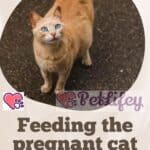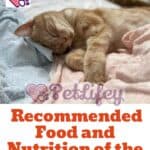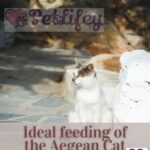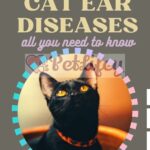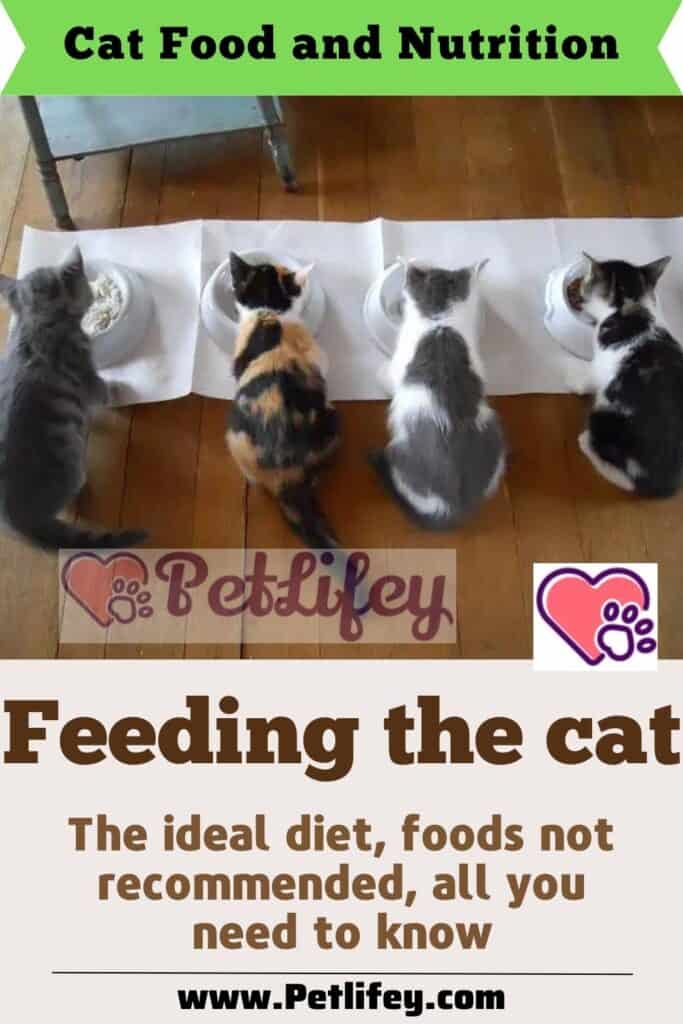
What is the perfect diet for your cat? According to his needs, the diet must follow some precise rules.
The organism of our cat has specific needs, different from those of humans. Therefore, his diet must absolutely include adequate nutritional supplies to ensure that the cat is always in excellent health and that his appearance is always in shape. But how to ensure the right caloric and nutritional intake? Here is a series of indications that will allow us to know more about our cat and everything he needs.
The feeding of felines
It is essential to keep in mind that the cat belongs to the cat family, as well as cheetahs, tigers and lions.
In short, if we think of them, their images certainly do not come to mind while they are ‘tearing up’ a lettuce. Therefore the cat is a hunter and loves to eat meat, like that of the prey that was the main meal in the past centuries.
The needs of the cat according to age
A cat has different needs according to age. And when we talk about his nutrition, we have to keep that in mind.
Certainly a puppy will not have the digestive abilities of an adult cat, while the elderly one may have various problems that prevent him from having the same diet as when he was younger.
Here’s how the diet should vary according to the cat’s life stages.
Puppy cat
Up to the first month of life, the kitten feeds on mother’s milk or milk powder, if there is a forced separation from the mother.
After weaning the kitten it is better to prefer soft and soft foods, or directly the baby food of human babies. If we prefer a homemade diet, white meats are fine, blended with boiled carrots and very cooked pasta.
Adult cat
The composition of the ideal meal for an adult cat is: 45% protein, 45% fat and 10% vegetables and fruit.
And it is important that the meat is of the highest quality: ban on animal waste or, even worse, leftovers. A few pieces of hard-boiled eggs from time to time are fine, while beware of dairy products: they often cause diarrhea.
Elderly cat
Taking care of an elderly cat begins with nutrition: the third age is a delicate phase and needs the right amount of nutrients, lipids, carbohydrates, minerals and vitamins.
Avoid fatty foods, but essential fatty acids like EPA-DHA are fine. Be careful to never let him lack water in the bowl and a small preference for antioxidant foods can do him nothing but good!
The most common mistakes in cat feeding
Unfortunately, the statistics confirm this: often the diets that the owners submit to domestic cats are not suitable for its daily needs.
The most common mistake is to think that the cat has the same needs as a human being, and therefore we think that sometimes we could even give him our leftovers.
Let’s not forget that the cat is a carnivore and does not need too many vegetables. Here are specifically what are the most common mistakes in domestic cat families.
Too many carbohydrates
Cats, like us humans, also need some nutrients while others are harmful to their health.
Cats have no need for carbohydrates: they risk accumulating an excessive amount of sugar in their body, with the risk of insulin diabetes mellitus.
Furthermore, an excess of carbohydrates can easily lead to obesity.
Little water
We never forget to fill our cat’s water bowl!
The consequences of dehydration may not be evident to the human eye, but certainly the internal risks are much more difficult to cure.
Although the cat is not subject to sweat or lung ventilation, in reality it should provide its water needs with foods that are rich in it, primarily meat.
The risk of feline kidney problems, such as stones, blockage or urinary tract problems such as cystitis, are quite common in a cat that does not absorb a lot of fluids.
Too much vegetables and too little meat
It is important to remember that the cat cannot adopt a vegan diet: even the most convinced supporters of the vegan style will have to surrender to the purchase of meat for their cat.
So filling their bowls only with greens and vegetables is not a wise choice: the cat does not digest them. Yet the cat eats catnip, you say!
But in fact he uses it to induce vomiting and get rid of annoying indigestion. So yes to cereals, fruit and vegetables but to a small extent.
The ideal diet
The cat must eat the meat, and in particular the muscles and internal organs of the prey. In addition to the protein intake, cats assimilate the daily requirement of calcium and phosphorus from other animals.
The jaws of its muzzle are strong enough to chew muscle and also the stomach is short, making it suitable for fast digestion of proteins.
Since cats are unable to synthesize taurine and arginine, we must administer these amino acids through food: this will avoid the risk of heart and vision problems, as well as intoxication due to excess ammonia in the body.
Horse, beef, pork but also fish and chicken: in short, all meats should be included in his diet. Furthermore, varying between white and red meats and fish could stimulate the appetite of a cat who is easily bored of the same flavors.
The best parts are certainly the organs and muscles, but beware of the liver: the risk of hypervitaminosis A is very high!
Dry or wet food?
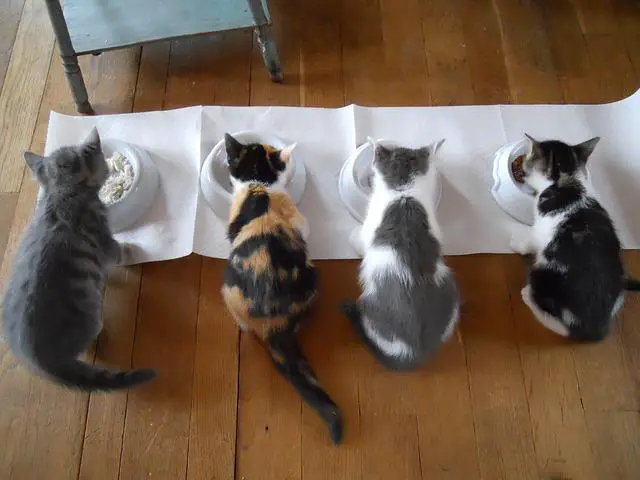
For the owner who has little time or is afraid to try his hand at a home diet, there is a wide range of choices on the market for dry foods or croquettes in convenient packs.
Yet dry food cannot replace wet food, since both, in different percentages, serve its nutritional needs.
Let’s see in detail the two types of food and the characteristics of dry and wet food.
Dry food
Perhaps it is not useless to specify that often a low and ‘convenient’ price corresponds to a poor quality: it is better to prefer healthy and nutritious meals rather than cheap.
However, the practicality of dry food does not provide the right amount of water for our cat’s needs: they can be left in the bowl, as a snack or snack during the day, but they cannot constitute the feline’s diet alone.
The croquettes, in addition to being characterized by the type of meat they contain, must necessarily also contain proteins, fats, ashes, fibers but also vitamins, fatty acids and minerals.
In particular, there are specific dry foods on the market for older cats and for puppies, which have a greater need for taurine, calcium and vitamins A and D.
If the cat is unwell
It is easy to find food for cats with specific problems in pet shops, but also in the best and well-stocked supermarkets.
For example, we can find specific food for kidney, urinary tract and liver problems, but also light foods for cats suffering from obesity. For every need, therefore, it is easy to find the most suitable food to solve it.
Wet food
It is often packaged in bags or boxes, but its biggest flaw is that it deteriorates easily.
Since they are often fresh and poorly processed foods, they have a much shorter shelf life than croquettes. But they guarantee the right amount of water, mineral salts, carbohydrates, proteins, fats and vitamins.
Also in this case it is essential that the meal is of excellent quality: the health of the cat is worth it!
The vet can recommend the most suitable diet for our feline, based on its state of health and age: his advice can guide us in the choice and quantity of food that best suits his needs.

